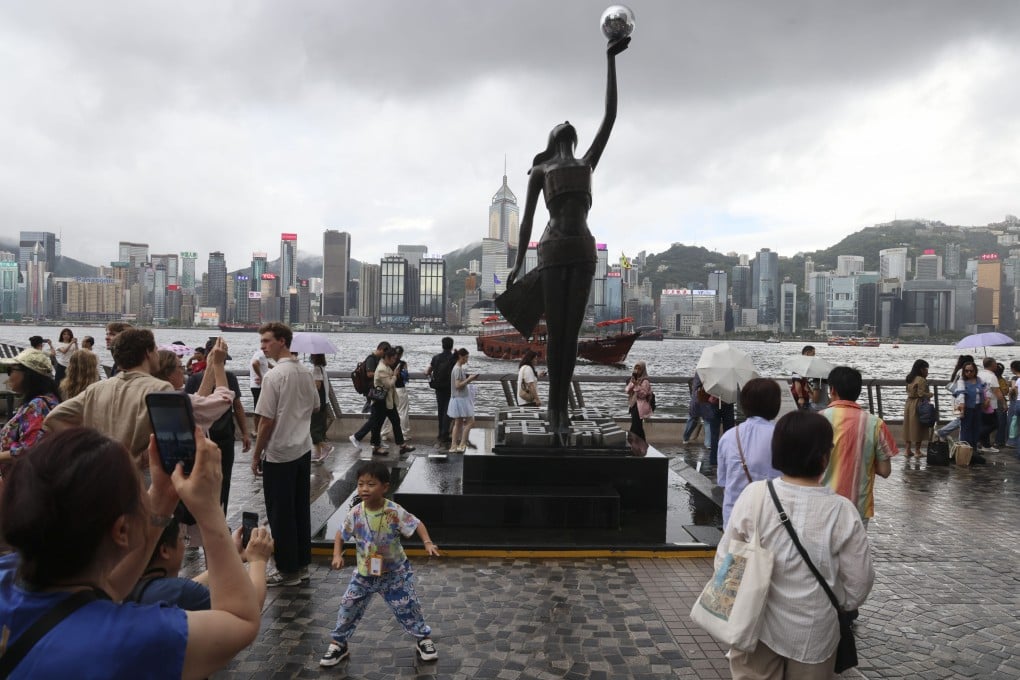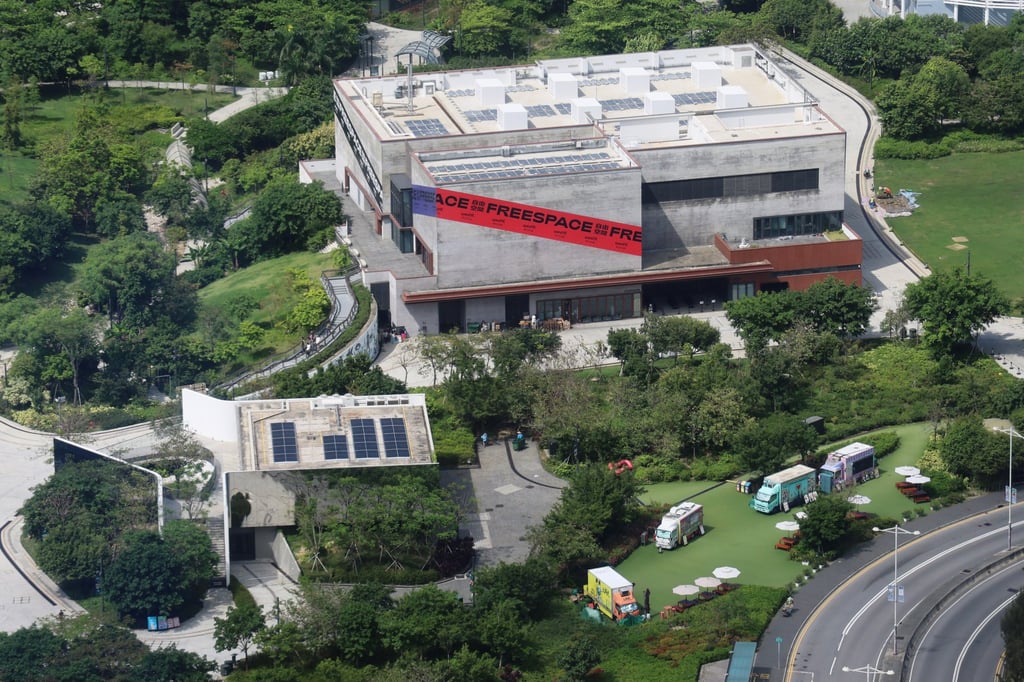Opinion | Don’t let perceptions of collusion derail Hong Kong’s large-scale projects
Development projects are subject to rigorous checks. If convinced of their public interest, the government should do more to address people’s concerns

Hong Kong prides itself on transparency, caution and adherence to the rule of law. Policy proposals undergo scrutiny and seek to strike a balance between legal, social and public interests.
However, in an era of increased public scrutiny, the optics of governance often overshadow its true purpose or public benefit. This is frequently the case in large-scale projects, where perceptions of favouritism or collusion undermine public trust even when there are genuine efforts towards progress.
Since then, it has collaborated with global entities such as Amazon Web Services and initiated various programmes supporting artificial intelligence, Web3 and fintech development. Its financing models and infrastructure have attracted international partners, generating significant capital and strengthening its role in Hong Kong’s innovation ecosystem, despite ongoing debates over its focus.

